- Home
- James Patterson
All-American Murder Page 20
All-American Murder Read online
Page 20
In fact, Cherven had said, the documents were attached to each other with a paper clip.
But after reviewing evidence that indicated that Cherven had entered the house empty-handed, and left again, seven minutes later, to conduct an interview at the North Attleboro police station, Garsh ruled against admitting the cell phones and iPads that the police had seized in their search.
“The court credits none of this testimony,” Garsh had written, in a sharply worded ruling. “Even if Cherven had brought the affidavit in a folder along with the search warrant to the residence, and the court finds that he did not, indisputably he was not present ‘at all times’ during the search.”
Given the harshness of the judge’s ruling, the DAs had good reason to leave Mike Cherven off of their witness list.
But the downside of the DA’s decision was that Detective Arrighi, who had worked closely with Cherven during the investigation, would have to work twice as hard during James Sultan’s relentless cross-examination.
On the stand, Arrighi appeared to be a bit nervous. Maybe it was just his manner. But Sultan seemed to smell blood.
The lawyer came out swinging.
Sultan interrupted Arrighi several times, badgered him, questioned his training. Time and again, he allowed a note of contempt to creep into his voice.
“You peeked into the windows?” Sultan asked.
“Correct,” said Arrighi.
“You peeked into the garage?…You gave Trooper Cherven a boost so that he could peek into the garage? And then the two of you went into Aaron Hernandez’s backyard?”
“Yes, sir. Correct.”
“Were you invited to go into his backyard?”
“No, we were not.”
“And then you peeked through the windows in the backyard, right?”
Sultan kept emphasizing the word: “Peeked…peeked…peeked…” implying that Arrighi and Michael Cherven had acted like trespassers and Peeping Toms. Moreover, Arrighi and Cherven were both dressed in street clothes. Their SUV was unmarked. How was Aaron to know they were cops? And what made Arrighi and Cherven think that Aaron was under any obligation to come to the door when they knocked?
Next, Sultan attacked Arrighi for stopping Shayanna’s car, after she had dropped Aaron off at the North Attleboro Police Station.
“Miss Jenkins and their baby started driving away?” the lawyer asked. “Right?”
“Yes, sir. Correct.”
“Driving home? Is that a fair assumption?”
“Yes. Fair assumption, yes.”
“It was eleven o’clock at night by then, right?”
“Correct.”
“And you and Trooper Cherven—or, Trooper Cherven—activated his blue lights and pulled her over, right?”
“Correct.”
“Now, when the two of you pulled Shayanna Jenkins, and her baby, over—at eleven o’clock at night—was she committing any traffic infraction?”
“No, he just activated the blue lights—”
“Will you answer my question,” the lawyer interrupted. “Was she committing any traffic infraction?”
“No, sir.”
Sultan gave the cop a long, questioning stare—as if to say, “Really?”
“The baby was in the car, asleep. Right?”
“Yes.”
The implication, here, was that Detective Arrighi and Trooper Cherven had acted like creeps.
Chapter 83
The jurors had already visited Shayanna’s home in North Attleboro, as well as the clearing where Odin’s body had been found. They had heard testimony by Matthew Kent, the high school student who had found the body, along with testimony given by crime scene investigators, ballistics experts, forensic geologists, swabbing experts, and pathologists. A DNA expert who had worked on OJ Simpson’s case confirmed that the blunt found next to Odin’s body contained Aaron’s DNA, as well as Odin’s.
There were dozens and dozens of witnesses.
An employee of the Glock firearm company had told the jury that the black object they had seen Aaron holding, in surveillance footage taken from his house just after the murder, was, in fact, a Glock .45.
The jurors had also seen the surveillance footage of Aaron taking the battery out of his cell phone, in the North Attleboro police station’s parking lot. It was the footage that Detective Mike Elliott had watched on the system that he had helped to install.
A few days later, the jurors heard from Detective Elliott himself.
Following a discussion of the surveillance footage, the lawyers turned their attention to the shell casing Elliott had found in the Enterprise dumpster, wrapped in a wad of Blue Cotton Candy Bubblicious chewing gun.
James Sultan questioned Elliott’s methods: Why had the police placed items they had retrieved from the dumpster in the bed of a pickup truck, instead of waiting for Crime Scene Services to arrive? No one from Crime Scene Services was on site when the items were removed from the dumpster?
“Was it raining that night, sir?” the lawyer asked.
“I don’t believe so,” Elliott answered.
“Were there dark rain clouds moving in?”
“I don’t believe so.”
“And do you recall that Sgt. Baker pulled his pickup truck next to the dumpster?”
“Correct.”
“You identified some photographs yesterday, about what happened at Enterprise that evening. Who took those photographs?”
“Crime Scene Services.”
“Well, those photographs were taken while the items were being recovered, right?”
“Correct, sir.”
“And Crime Scene Services didn’t show up until after the items were being recovered. Isn’t that correct, Detective?”
“It is correct.”
“So, who took the photographs?”
“I believe I did.”
“You believe you did?!”
As he had with Detective Arrighi, Sultan kept hammering away: “You’re an experienced detective, right?”
“Correct.”
“You’re trained in the collection of evidence?”
“Yes.”
“Has anyone ever taught you to collect evidence that way, sir?”
“No.”
But, if Detective Arrighi had been nervous on the stand, Detective Elliott remained unflappable—and the evidence that he had gathered spoke for itself.
The Enterprise branch manager, Keelia Smyth, had already told the jury about the piece of Bubblicious bubble gum Aaron had offered her on the day after the murder.
Prosecutors had already established that, on the evening of the murder itself, Aaron, Ernest Wallace, and Carlos Ortiz had stopped at a gas station, filled up their car, and bought a cigar and a pack of Blue Cotton Candy Bubblicious. Video surveillance from the gas station’s security cameras had shown Carlos Ortiz stepping out of the Nissan Altima with a white towel, similar to the one found at the murder scene, draped over his neck.
And there was another detail stuck in the jury’s minds: the same video footage had shown Aaron dancing, like a man without a care in the world.
Chapter 84
On Thursday, March 26, a bomb threat was called in to the courthouse.
The evacuation was orderly, if tense.
“There is absolutely no reason to believe that the interruption was in any way related to this case,” Judge Garsh assured the jury, after the building had been swept for explosives and cleared.
The call was a hoax, it turned out. But the bomb threat set the stage for a sensational turn in the case: After months of speculation, in the media as well as the courtroom, about whether Shayanna would be called to the stand, it was revealed that same day that Jenkins would be testifying on Friday.
The trial had gone on for two months already. But, as yet, there was no smoking gun.
In fact, there was no gun at all.
According to Assistant DA Bomberg, this was because Shayanna had disposed of the murder weapon. As a result, circ
umstantial evidence was all that Assistant DA Bomberg had to work with. But as that evidence kept piling up, it seemed, more and more, to point to Aaron.
Shayanna had been there for most of the trial—though she was conspicuously absent when the nanny, Jennifer Fortier, testified. Shayanna wore the big engagement ring that Aaron had gotten her. She and Aaron smiled at each other whenever the opportunity arose. They blew kisses. They mouthed the words “I love you.” And when Shayanna did take the stand, she proved herself to be utterly loyal to Aaron.
The prosecution had a problem: Lawyers are not allowed to call a witness whose testimony they know to be false—and, following her testimony before the grand jury, Shayanna had been indicted for perjury. As a result, Aaron’s lawyers argued, the DAs could not call Jenkins to the stand—unless the DA had reason to believe that her testimony would be substantively different on matters that she had been charged with lying about. Judge Garsh agreed, and ruled that the prosecution would only be allowed to question Shayanna about matters that were not elements of the perjury charges. Because Shayanna had been accused of lying about twenty-nine specific matters, this restriction put the prosecution at a distinct disadvantage. But Jenkins was at a disadvantage as well. Weeks earlier, at the prosecution’s request, she had been granted immunity from prosecution as an accessory to murder. But this also meant that she could no longer plead the Fifth Amendment to avoid incriminating herself. As a result, both sides had to tread carefully. Nevertheless, Jenkins’s testimony was more dramatic than anything that the jury had heard.
The DA began by asking Shayanna about the night after Odin Lloyd’s murder.
Shayanna described driving Aaron to the police station. Afterward, “when he got home from the police station,” she said, “when I had found out that Odin was murdered, I asked him if he did it. He said, ‘No.’ And that was the extent of our conversation.”
She also recalled a text message Aaron had sent her, asking her to get rid of a black box that they had in the basement.
She described a black gun she had found in a junk drawer, and the “stern look” she gave Aaron afterward.
When she went back to the junk drawer, she said, the gun was no longer there. But when the DA showed her a still from a video of Hernandez holding a similar gun, she said the image was too vague to make out—“only a black blob it looks like”—and when he showed her an actual Glock, she recoiled.
“It’s a secured firearm?” she asked, as the gun was placed in front of her.
When the DA asked Shayanna if she and Shaneah were “close, as sisters,” Shayanna winced and did not answer.
“Have you been in the past, ma’am?” the DA persisted.
Shayanna grimaced. “I, I mean we’re…estranged, kind of,” she said.
When the DA played the video surveillance footage of Shayanna and Shaneah embracing, Shaneah ran out of the courtroom in tears.
When Shayanna resumed her testimony, on Monday, Shaneah was not in the courtroom. Whatever bond the two sisters still shared had been shattered, once and for all.
The DA dove right in, asking Shayanna about her role in disposing of evidence that was crucial to the prosecution’s case against Hernandez.
Specifically, the DA had in mind a black box that, he believed, contained the Glock .45 that Aaron had shot Odin Lloyd with.
“I was instructed to take it out of the home,” Jenkins said.
“Was it important to him for you to get rid of it?” the DA asked.
“Yes.”
“You were also asked [by a grand jury] whether you had taken certain steps to cover or conceal or hide the box when you removed it from the home?”
“Yes.”
“Do you recall doing that?”
“Yes.”
“In fact, when you took that box out, and concealed it, were you attempting to do that in a way so people didn’t know what you were doing?”
“That’s correct.”
Jenkins said that the box weighed about forty pounds and smelled “skunky.” She had assumed it contained marijuana. But when Bomberg asked her if she had looked inside of the box she said, “No.”
When she was asked how she had disposed of it she said, “A dumpster.”
When she was asked to be more specific she said, “I can’t remember.”
Over the course of ten hours of testimony, Shayanna had uttered the phrases “I can’t remember,” “Not that I can remember,” “I can’t recall,” “I’m not sure,” and “I have no idea,” so many times they began to sound like a mantra.
Chapter 85
The following day, March 31, turned out to be every bit as dramatic, as Robert Kraft took the stand.
Contrary to all expectations, the story he told seemed to tilt the whole case on its axis.
The seventy-three-year-old billionaire was suffering from a head cold—you could hear it in his voice as the clerk swore him in. But Kraft’s sense of humor remained intact.
On the stand, he seemed folksy, informal—more like your everyday Patriots’ fan than their owner.
“Sir, do you work?” the DA asked.
Kraft chuckled and smiled.
“I think so,” he said. “Yes. I work at One Patriot Place.”
“And what do you do for work, sir?”
“Whatever they ask me to do.”
“Do you run a business?”
“Yes. We’re in [the] packaging and paper business, private equity. And we have two sports teams.”
The DA asked Kraft about Wednesday, June 19, 2013. Did he recall going to Gillette Stadium on that day?
Kraft did. He remembered the news vans parked in the stadium lot, and helicopters hovering overhead.
“I went directly to the weight room,” Kraft said. “I saw two of our strength coaches and Aaron Hernandez.”
“At that time did you ask to speak with him?”
“Yes. There’s an office connected to the weight room that I brought him into…I understood there was an incident that had transpired and I wanted to know whether he was involved. Any player that comes into our system I consider part of our extended family, and I wanted to get him help.”
“Did you say this to the defendant?” the DA asked.
“Yes,” said Kraft. “He said he was not involved. That he was innocent. And that he hoped that the time of the murder incident came out. Because, I believe, he said he was in a club.”
There were gasps in the courtroom: jurors had already seen video surveillance footage of Hernandez, Wallace, Ortiz, and Lloyd, taken just before the murder. They had been at a gas station, not a club. No testimony the jurors had heard had placed Aaron at a club on the night of the murder.
Moreover, how did Aaron know when the murder had been committed?
It was obvious to everyone in the room that, if Kraft was telling the truth, Aaron had lied to him on June 19.
Lied stupidly, in a manner that actually seemed to implicate him now.
Afterward, Kraft said, Aaron “hugged and kissed me and thanked me for my concern.”
“And after that,” the DA asked, “did you see the defendant again?”
“No.”
Kraft had been on the stand for ten minutes, about the length of his conversation with Aaron. But ten minutes was all it took to do lasting damage to Aaron’s case. And on the following day, April Fool’s, Alexander Bradley took the stand and drove several more nails into his former friend’s coffin.
Chapter 86
Judge Garsh had ruled against telling the jury about Bradley’s claim that Hernandez had shot him, and about the civil lawsuit that Bradley had filed.
The jury did get to hear about Bradley’s own rap sheet: the drug busts, the shooting in Hartford. Within two and a half minutes of taking the stand, Bradley admitted to being a drug dealer.
Nevertheless, his testimony proved to be damning.
Bradley told the jury that Aaron had purchased as much as four ounces of weed from him, at a cost of $1,200 to $1,500, on
a weekly basis starting in 2010.
According to Bradley, Aaron smoked as much as an ounce a day.
Hernandez was paranoid, and believed that he was being followed by helicopters, and the police, Bradley said.
Bradley also told the jury that, when he stayed at Aaron’s house in North Attleboro, which he did “quite often,” he slept in a room in the basement.
During the course of one visit, two years earlier, in November of 2012, he’d gotten a look at a “small, black” lock box that Aaron kept by the bar area in the basement, or in a closet next to a trophy case.
Aaron’s defense team hoped the jury had the conclusion, from Shayanna’s testimony, that the box she had gotten rid of contained nothing more than forty pounds of marijuana. They had also tried to block Bradley from testifying, filing a motion that claimed that the risk of a mistrial was “unacceptably high.”
But the motion had failed, and what Bradley said next helped to undermine the idea that Shayanna had only helped Aaron get rid of some weed.
“This black box,” Bradley was asked. “Did you ever see it in an open condition?”
“Yes,” Bradley said.
“And who opened it?”
“Mr. Hernandez.”
“And when it was in an open condition, did you ever see any of the contents inside?”
“Yes.”
“And what did you see inside?”
“There was a firearm. Money. Marijuana joints.”
Bradley described the firearm: it had been a semiautomatic pistol, he said, “silver-grayish colored, with a brown handle.”
Bradley also said that, in the course of a trip to Miami, he had seen Aaron holding a Glock pistol.
Oscar “Papoo” Hernandez had been in the room at the time, Bradley said, tying Aaron to a gun prosecutors believed to be the murder weapon, and to the man prosecutors believed had furnished him with that gun.

 Miracle at Augusta
Miracle at Augusta The Store
The Store The Midnight Club
The Midnight Club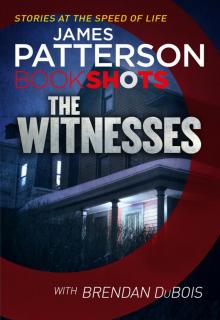 The Witnesses
The Witnesses The 9th Judgment
The 9th Judgment Against Medical Advice
Against Medical Advice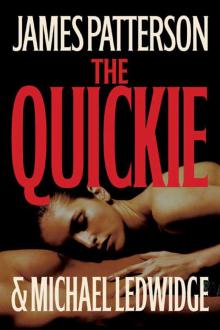 The Quickie
The Quickie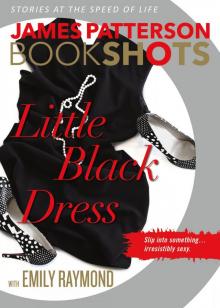 Little Black Dress
Little Black Dress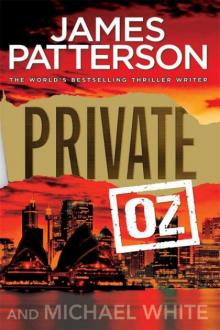 Private Oz
Private Oz Homeroom Diaries
Homeroom Diaries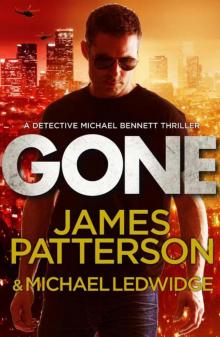 Gone
Gone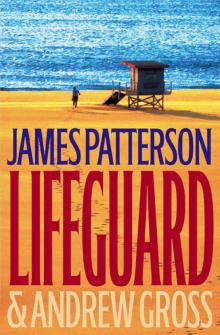 Lifeguard
Lifeguard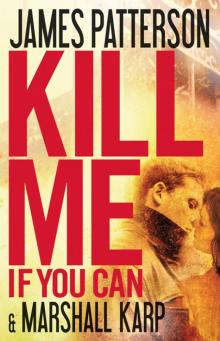 Kill Me if You Can
Kill Me if You Can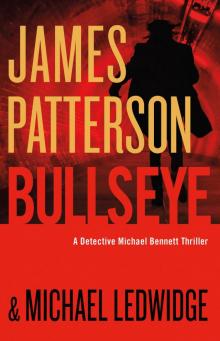 Bullseye
Bullseye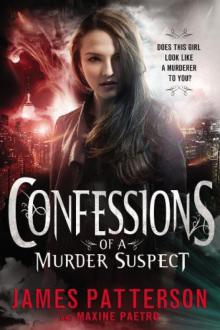 Confessions of a Murder Suspect
Confessions of a Murder Suspect Black Friday
Black Friday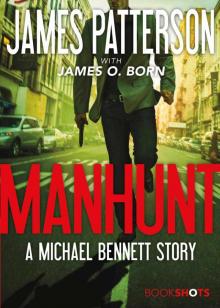 Manhunt
Manhunt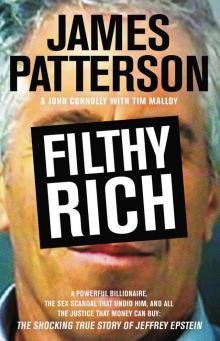 Filthy Rich
Filthy Rich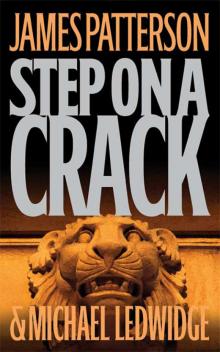 Step on a Crack
Step on a Crack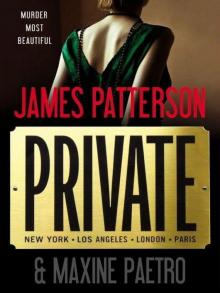 Private
Private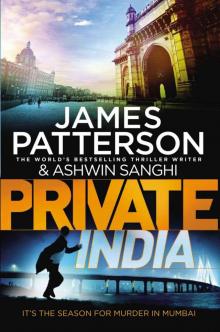 Private India
Private India Game Over
Game Over Private Sydney
Private Sydney The Murder House
The Murder House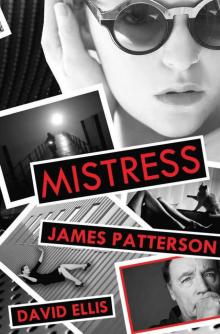 Mistress
Mistress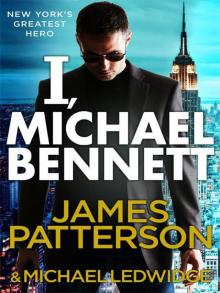 I, Michael Bennett
I, Michael Bennett The Gift
The Gift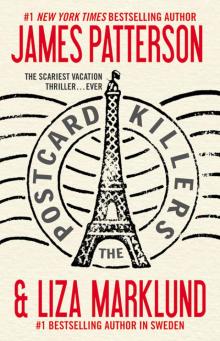 The Postcard Killers
The Postcard Killers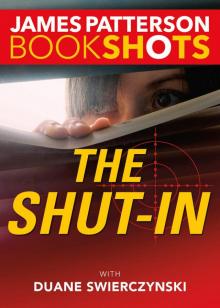 The Shut-In
The Shut-In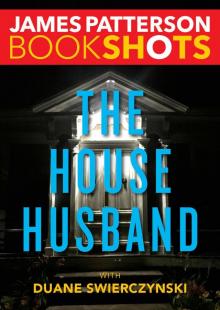 The House Husband
The House Husband The Lost
The Lost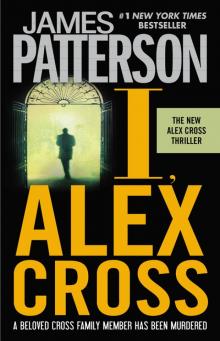 I, Alex Cross
I, Alex Cross Going Bush
Going Bush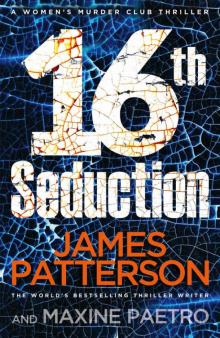 16th Seduction
16th Seduction The Jester
The Jester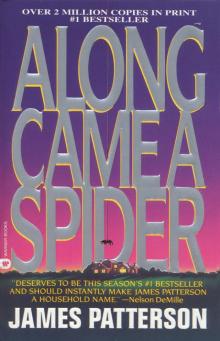 Along Came a Spider
Along Came a Spider The Lake House
The Lake House Four Blind Mice
Four Blind Mice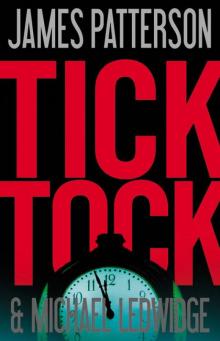 Tick Tock
Tick Tock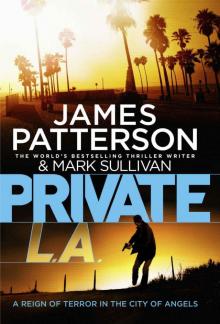 Private L.A.
Private L.A.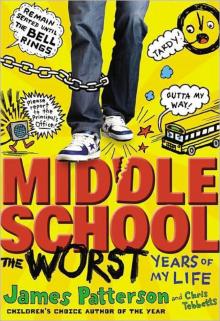 Middle School, the Worst Years of My Life
Middle School, the Worst Years of My Life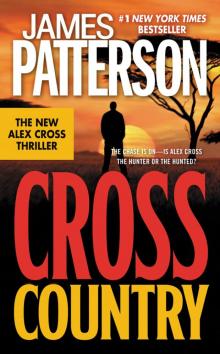 Cross Country
Cross Country The Final Warning
The Final Warning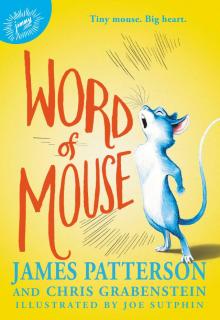 Word of Mouse
Word of Mouse Come and Get Us
Come and Get Us Sail
Sail I Funny TV: A Middle School Story
I Funny TV: A Middle School Story Private London
Private London Save Rafe!
Save Rafe!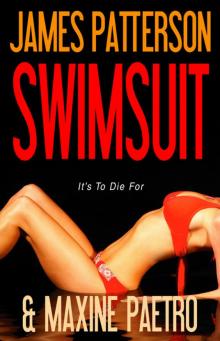 Swimsuit
Swimsuit Sam's Letters to Jennifer
Sam's Letters to Jennifer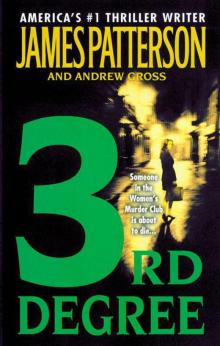 3rd Degree
3rd Degree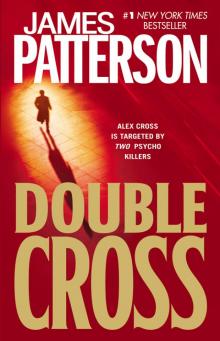 Double Cross
Double Cross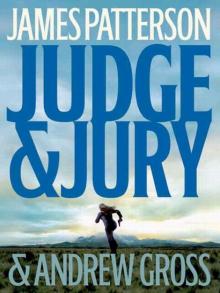 Judge & Jury
Judge & Jury Kiss the Girls
Kiss the Girls Second Honeymoon
Second Honeymoon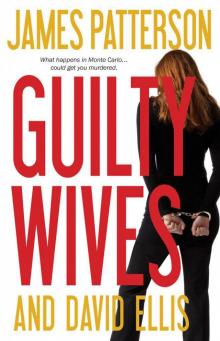 Guilty Wives
Guilty Wives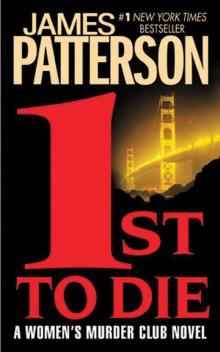 1st to Die
1st to Die NYPD Red 4
NYPD Red 4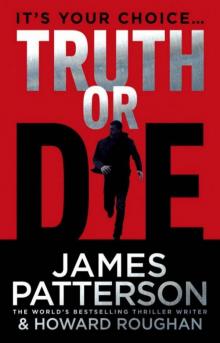 Truth or Die
Truth or Die Private Vegas
Private Vegas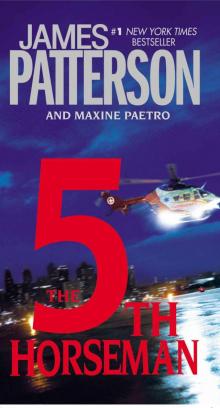 The 5th Horseman
The 5th Horseman 7th Heaven
7th Heaven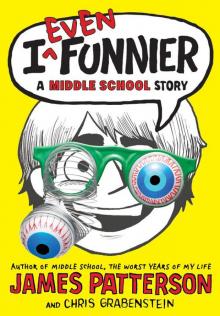 I Even Funnier
I Even Funnier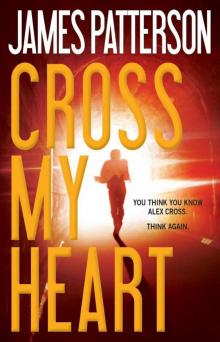 Cross My Heart
Cross My Heart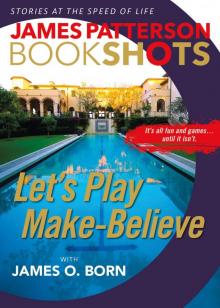 Let’s Play Make-Believe
Let’s Play Make-Believe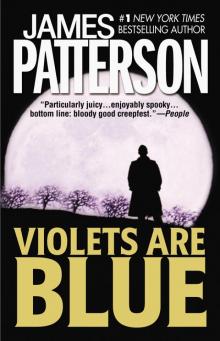 Violets Are Blue
Violets Are Blue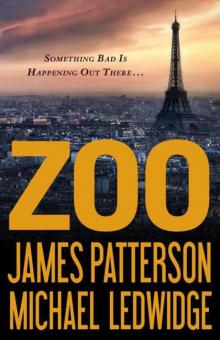 Zoo
Zoo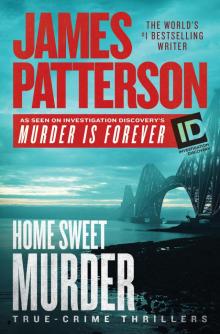 Home Sweet Murder
Home Sweet Murder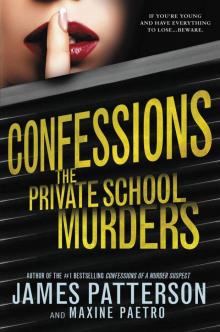 The Private School Murders
The Private School Murders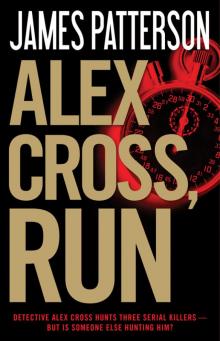 Alex Cross, Run
Alex Cross, Run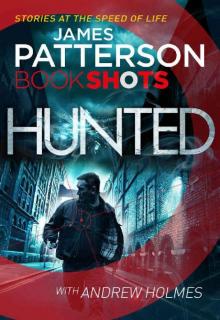 Hunted: BookShots
Hunted: BookShots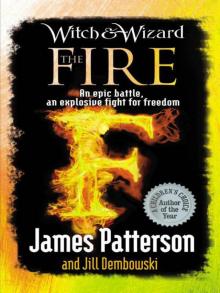 The Fire
The Fire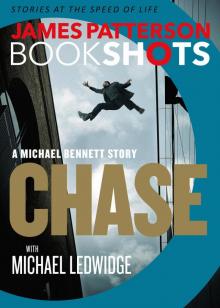 Chase
Chase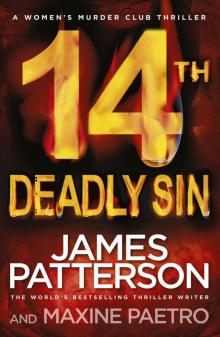 14th Deadly Sin
14th Deadly Sin Bloody Valentine
Bloody Valentine The 17th Suspect
The 17th Suspect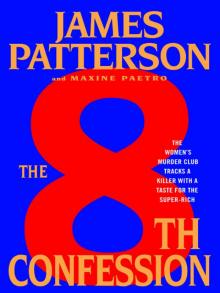 The 8th Confession
The 8th Confession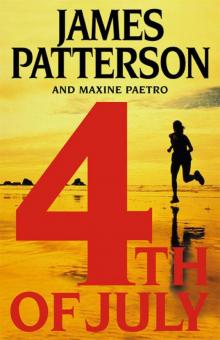 4th of July
4th of July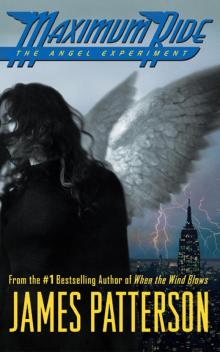 The Angel Experiment
The Angel Experiment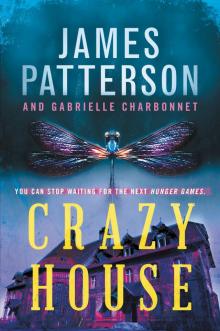 Crazy House
Crazy House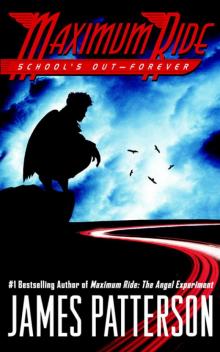 School's Out - Forever
School's Out - Forever Suzanne's Diary for Nicholas
Suzanne's Diary for Nicholas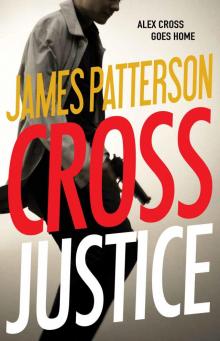 Cross Justice
Cross Justice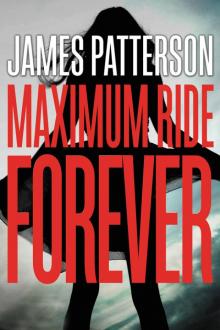 Maximum Ride Forever
Maximum Ride Forever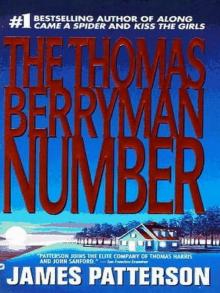 The Thomas Berryman Number
The Thomas Berryman Number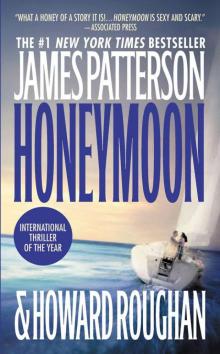 Honeymoon
Honeymoon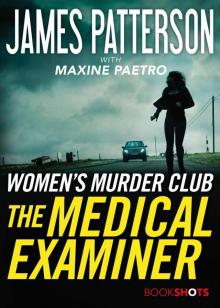 The Medical Examiner
The Medical Examiner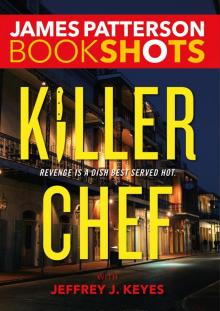 Killer Chef
Killer Chef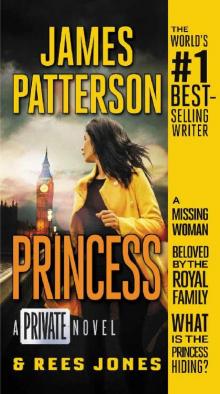 Private Princess
Private Princess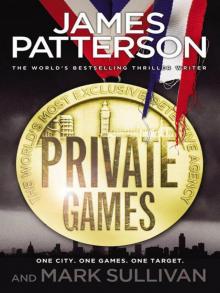 Private Games
Private Games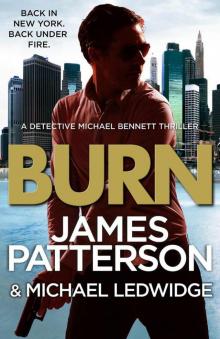 Burn
Burn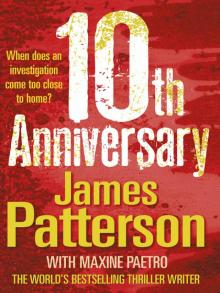 10th Anniversary
10th Anniversary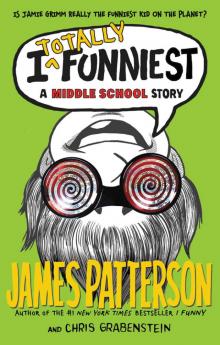 I Totally Funniest: A Middle School Story
I Totally Funniest: A Middle School Story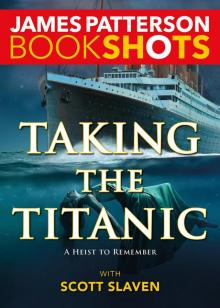 Taking the Titanic
Taking the Titanic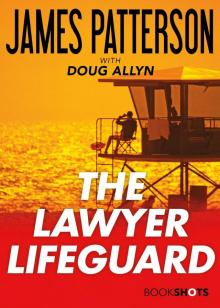 The Lawyer Lifeguard
The Lawyer Lifeguard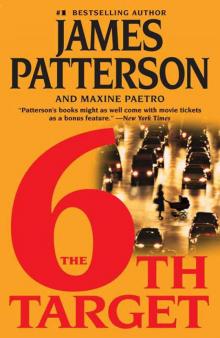 The 6th Target
The 6th Target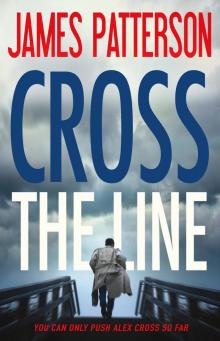 Cross the Line
Cross the Line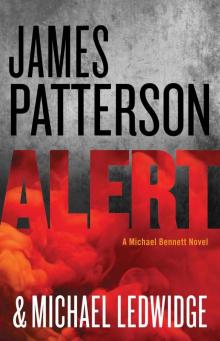 Alert
Alert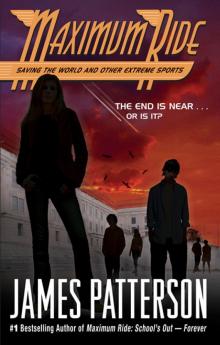 Saving the World and Other Extreme Sports
Saving the World and Other Extreme Sports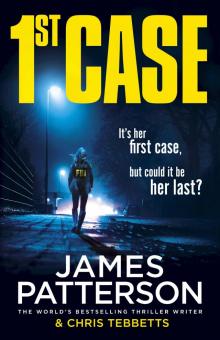 1st Case
1st Case Unlucky 13
Unlucky 13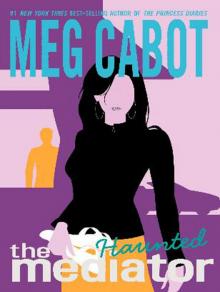 Haunted
Haunted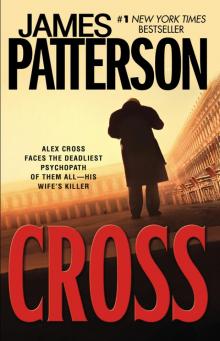 Cross
Cross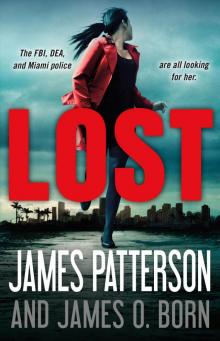 Lost
Lost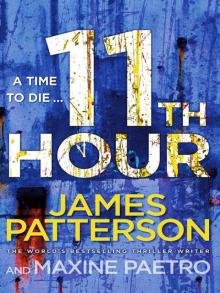 11th Hour
11th Hour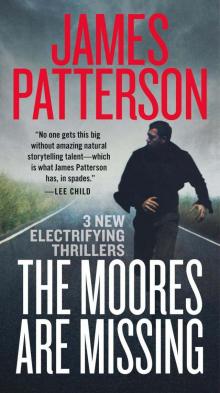 Bookshots Thriller Omnibus
Bookshots Thriller Omnibus Target: Alex Cross
Target: Alex Cross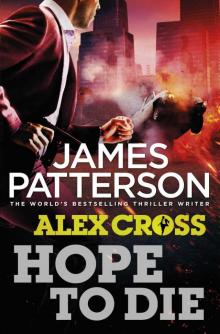 Hope to Die
Hope to Die The Noise
The Noise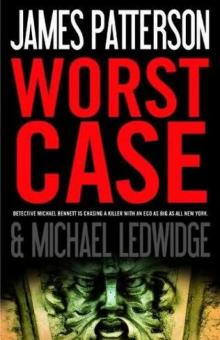 Worst Case
Worst Case Dog's Best Friend
Dog's Best Friend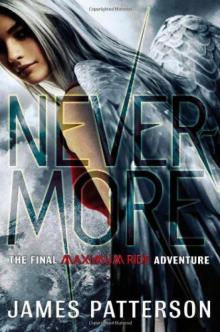 Nevermore: The Final Maximum Ride Adventure
Nevermore: The Final Maximum Ride Adventure I Funny: A Middle School Story
I Funny: A Middle School Story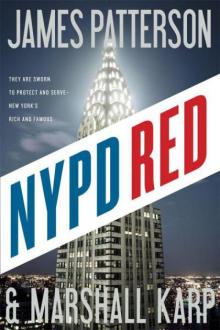 NYPD Red
NYPD Red Till Murder Do Us Part
Till Murder Do Us Part Black & Blue
Black & Blue Fang
Fang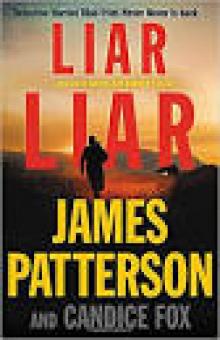 Liar Liar
Liar Liar The Inn
The Inn Sundays at Tiffany's
Sundays at Tiffany's Middle School: Escape to Australia
Middle School: Escape to Australia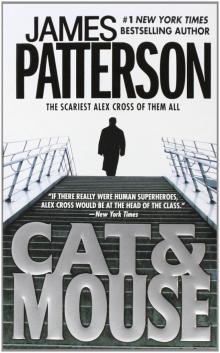 Cat and Mouse
Cat and Mouse Instinct
Instinct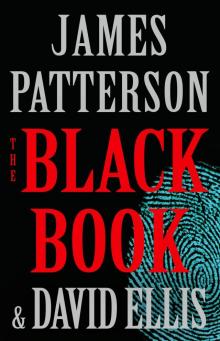 The Black Book
The Black Book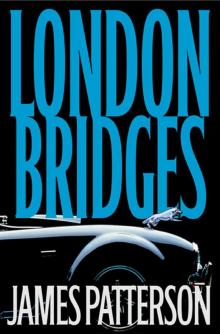 London Bridges
London Bridges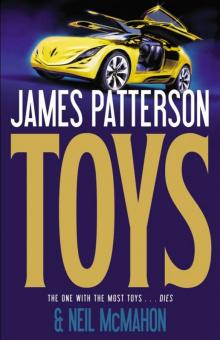 Toys
Toys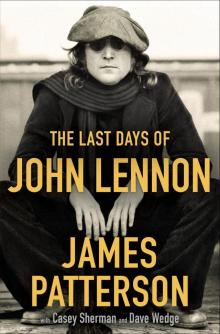 The Last Days of John Lennon
The Last Days of John Lennon Roses Are Red
Roses Are Red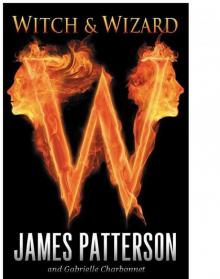 Witch & Wizard
Witch & Wizard The Dolls
The Dolls The Christmas Wedding
The Christmas Wedding The River Murders
The River Murders The 18th Abduction
The 18th Abduction The 19th Christmas
The 19th Christmas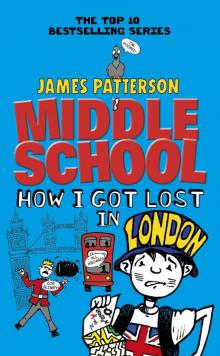 Middle School: How I Got Lost in London
Middle School: How I Got Lost in London Just My Rotten Luck
Just My Rotten Luck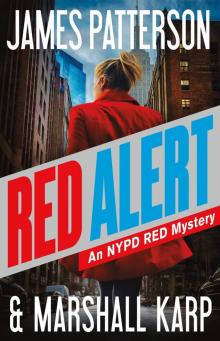 Red Alert
Red Alert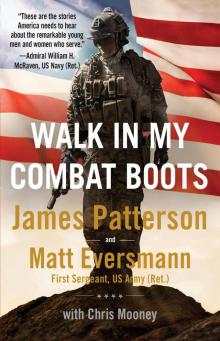 Walk in My Combat Boots
Walk in My Combat Boots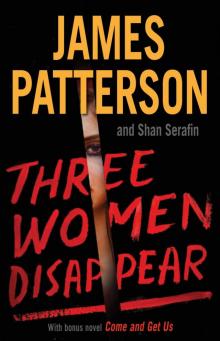 Three Women Disappear
Three Women Disappear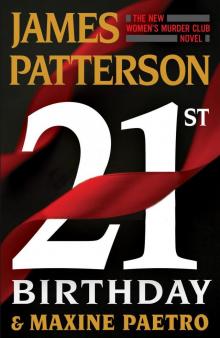 21st Birthday
21st Birthday All-American Adventure
All-American Adventure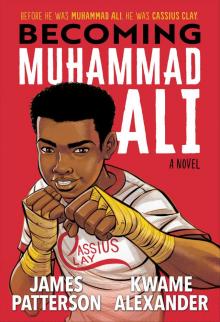 Becoming Muhammad Ali
Becoming Muhammad Ali The Murder of an Angel
The Murder of an Angel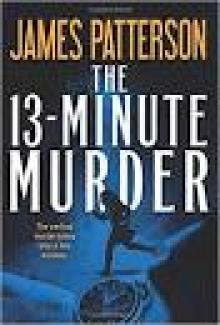 The 13-Minute Murder
The 13-Minute Murder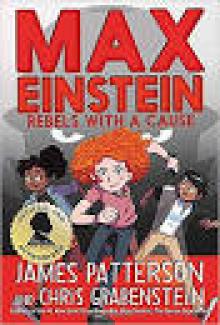 Rebels With a Cause
Rebels With a Cause The Trial
The Trial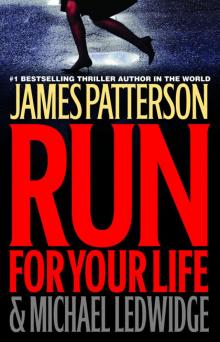 Run for Your Life
Run for Your Life The House Next Door
The House Next Door NYPD Red 2
NYPD Red 2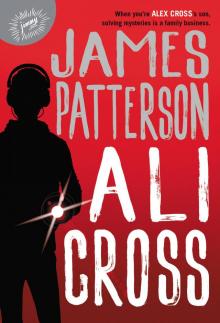 Ali Cross
Ali Cross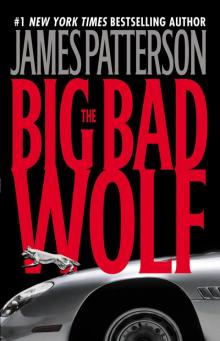 The Big Bad Wolf
The Big Bad Wolf Middle School: My Brother Is a Big, Fat Liar
Middle School: My Brother Is a Big, Fat Liar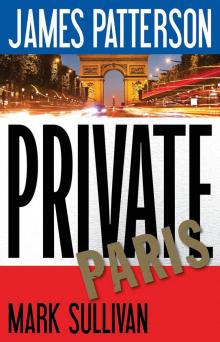 Private Paris
Private Paris Miracle on the 17th Green
Miracle on the 17th Green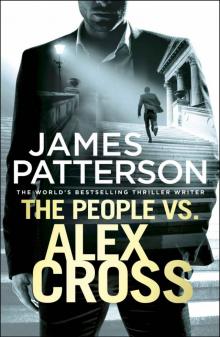 The People vs. Alex Cross
The People vs. Alex Cross The Beach House
The Beach House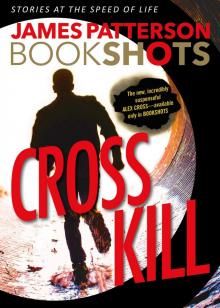 Cross Kill
Cross Kill Dog Diaries
Dog Diaries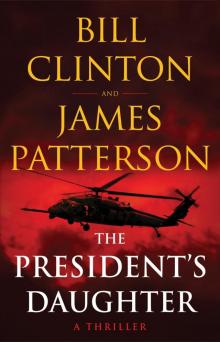 The President's Daughter
The President's Daughter Happy Howlidays
Happy Howlidays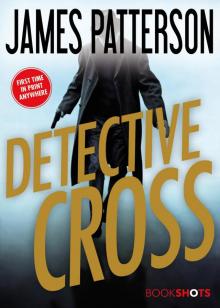 Detective Cross
Detective Cross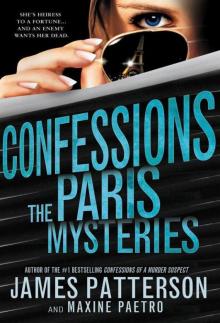 The Paris Mysteries
The Paris Mysteries Watch the Skies
Watch the Skies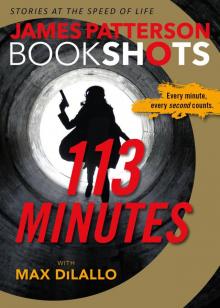 113 Minutes
113 Minutes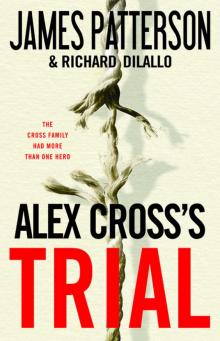 Alex Cross's Trial
Alex Cross's Trial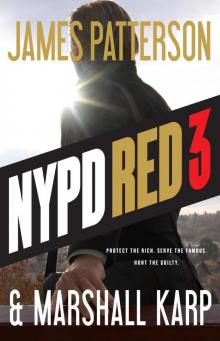 NYPD Red 3
NYPD Red 3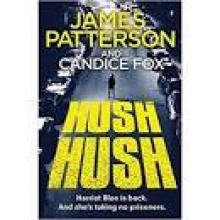 Hush Hush
Hush Hush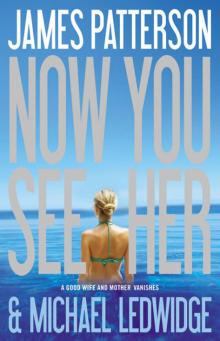 Now You See Her
Now You See Her Merry Christmas, Alex Cross
Merry Christmas, Alex Cross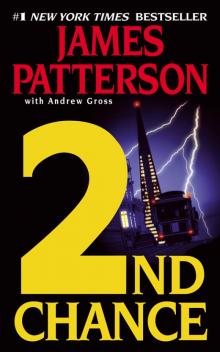 2nd Chance
2nd Chance Private Royals
Private Royals Two From the Heart
Two From the Heart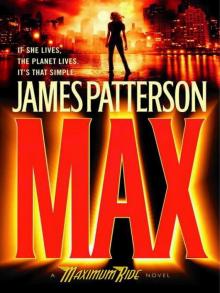 Max
Max I, Funny
I, Funny Blindside (Michael Bennett)
Blindside (Michael Bennett) Sophia, Princess Among Beasts
Sophia, Princess Among Beasts Armageddon
Armageddon Don't Blink
Don't Blink NYPD Red 6
NYPD Red 6 The First Lady
The First Lady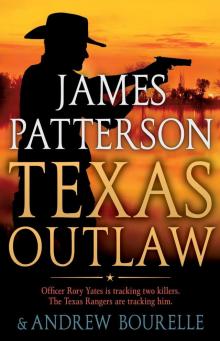 Texas Outlaw
Texas Outlaw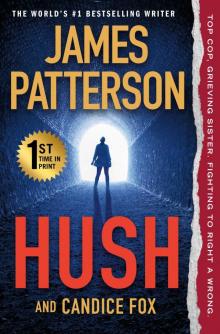 Hush
Hush Beach Road
Beach Road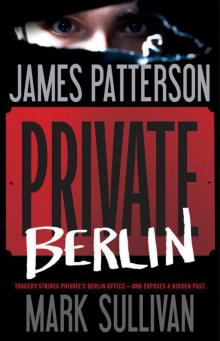 Private Berlin
Private Berlin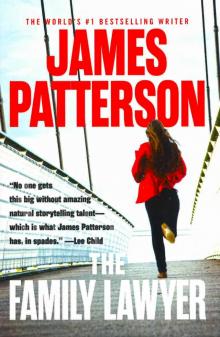 The Family Lawyer
The Family Lawyer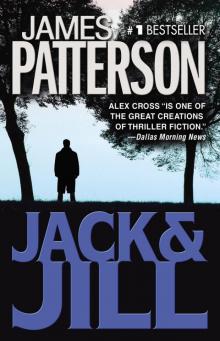 Jack & Jill
Jack & Jill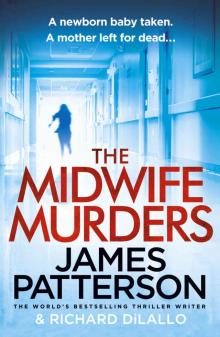 The Midwife Murders
The Midwife Murders Middle School: Rafe's Aussie Adventure
Middle School: Rafe's Aussie Adventure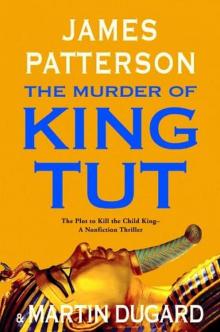 The Murder of King Tut: The Plot to Kill the Child King
The Murder of King Tut: The Plot to Kill the Child King First Love
First Love The Dangerous Days of Daniel X
The Dangerous Days of Daniel X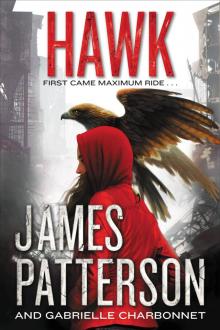 Hawk
Hawk Private Delhi
Private Delhi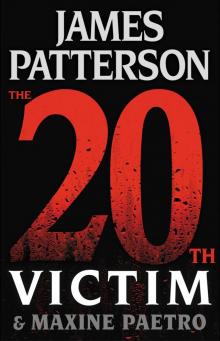 The 20th Victim
The 20th Victim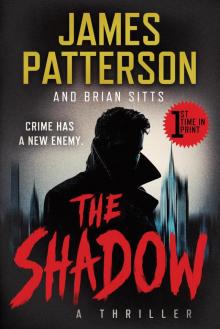 The Shadow
The Shadow Katt vs. Dogg
Katt vs. Dogg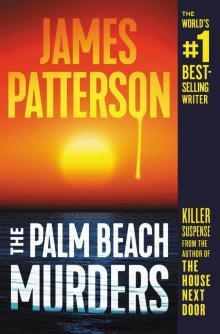 The Palm Beach Murders
The Palm Beach Murders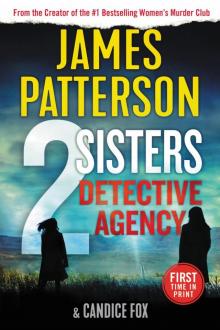 2 Sisters Detective Agency
2 Sisters Detective Agency Humans, Bow Down
Humans, Bow Down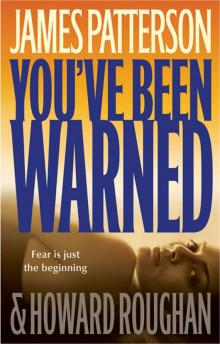 You've Been Warned
You've Been Warned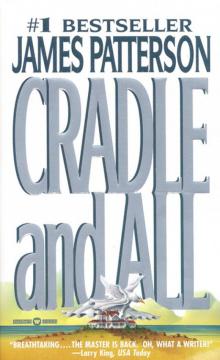 Cradle and All
Cradle and All 20th Victim: (Women’s Murder Club 20) (Women's Murder Club)
20th Victim: (Women’s Murder Club 20) (Women's Murder Club)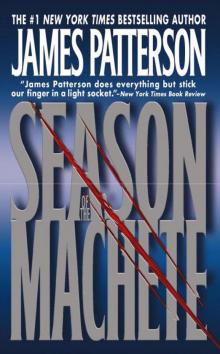 Season of the Machete
Season of the Machete Woman of God
Woman of God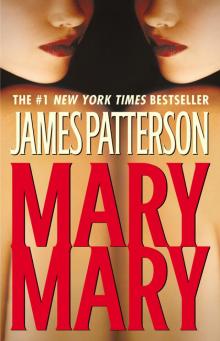 Mary, Mary
Mary, Mary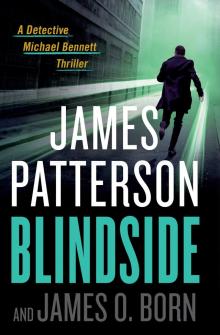 Blindside
Blindside Invisible
Invisible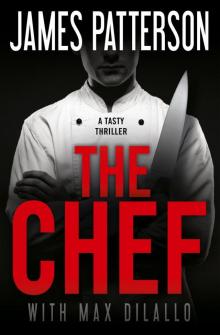 The Chef
The Chef Revenge
Revenge See How They Run
See How They Run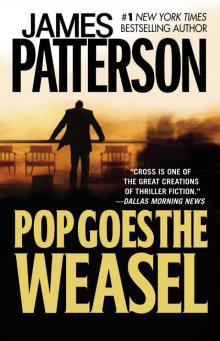 Pop Goes the Weasel
Pop Goes the Weasel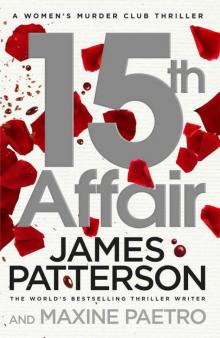 15th Affair
15th Affair Middle School: Get Me Out of Here!
Middle School: Get Me Out of Here!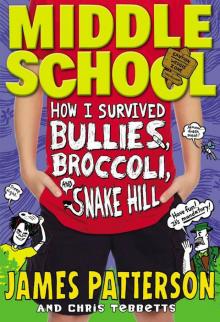 Middle School: How I Survived Bullies, Broccoli, and Snake Hill
Middle School: How I Survived Bullies, Broccoli, and Snake Hill From Hero to Zero - Chris Tebbetts
From Hero to Zero - Chris Tebbetts G'day, America
G'day, America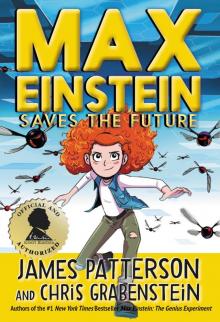 Max Einstein Saves the Future
Max Einstein Saves the Future The Cornwalls Are Gone
The Cornwalls Are Gone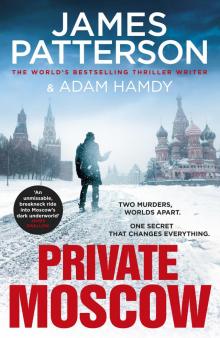 Private Moscow
Private Moscow Two Schools Out - Forever
Two Schools Out - Forever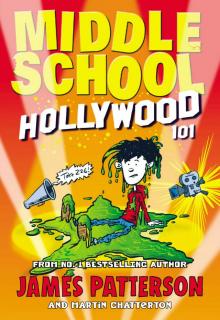 Hollywood 101
Hollywood 101 Deadly Cargo: BookShots
Deadly Cargo: BookShots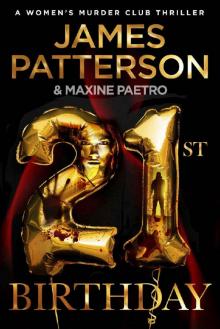 21st Birthday (Women's Murder Club)
21st Birthday (Women's Murder Club) The Sky Is Falling
The Sky Is Falling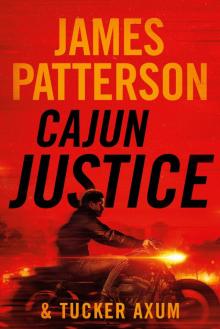 Cajun Justice
Cajun Justice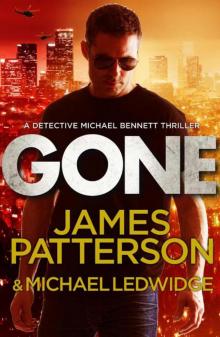 Bennett 06 - Gone
Bennett 06 - Gone The House of Kennedy
The House of Kennedy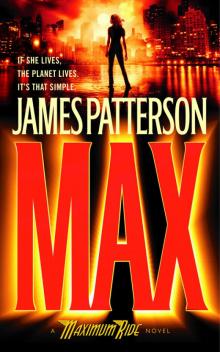 Waterwings
Waterwings Murder is Forever, Volume 2
Murder is Forever, Volume 2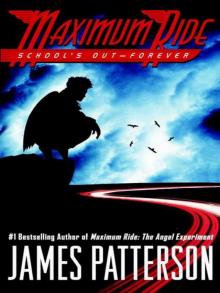 Maximum Ride 02
Maximum Ride 02 Treasure Hunters--The Plunder Down Under
Treasure Hunters--The Plunder Down Under Private Royals: BookShots (A Private Thriller)
Private Royals: BookShots (A Private Thriller) After the End
After the End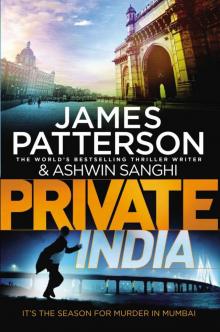 Private India: (Private 8)
Private India: (Private 8) Escape to Australia
Escape to Australia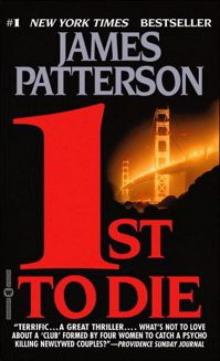 WMC - First to Die
WMC - First to Die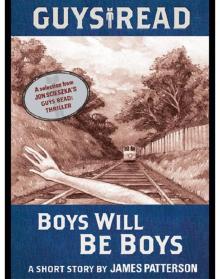 Boys Will Be Boys
Boys Will Be Boys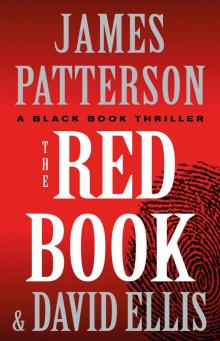 The Red Book
The Red Book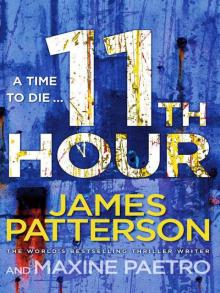 11th hour wmc-11
11th hour wmc-11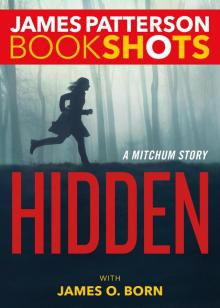 Hidden
Hidden You've Been Warned--Again
You've Been Warned--Again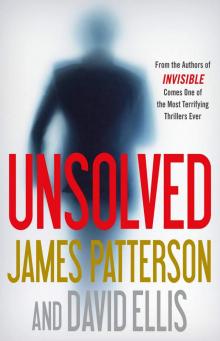 Unsolved
Unsolved Pottymouth and Stoopid
Pottymouth and Stoopid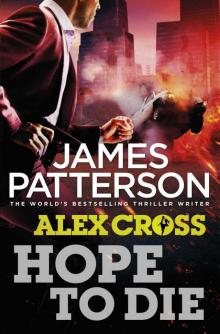 Hope to Die: (Alex Cross 22)
Hope to Die: (Alex Cross 22) The Moores Are Missing
The Moores Are Missing Black & Blue: BookShots (Detective Harriet Blue Series)
Black & Blue: BookShots (Detective Harriet Blue Series) Airport - Code Red: BookShots
Airport - Code Red: BookShots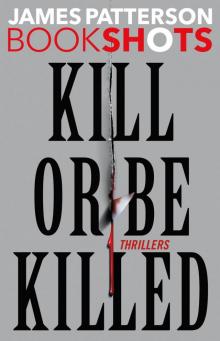 Kill or Be Killed
Kill or Be Killed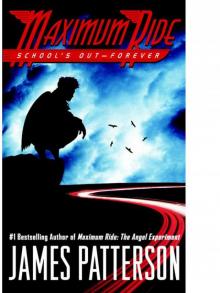 School's Out--Forever
School's Out--Forever When the Wind Blows
When the Wind Blows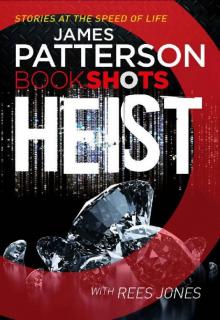 Heist: BookShots
Heist: BookShots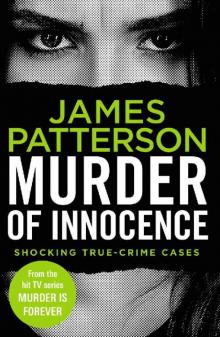 Murder of Innocence (Murder Is Forever)
Murder of Innocence (Murder Is Forever)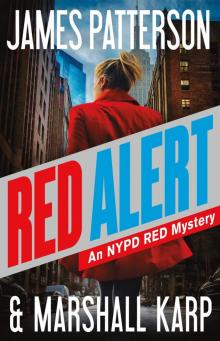 Red Alert_An NYPD Red Mystery
Red Alert_An NYPD Red Mystery Malicious
Malicious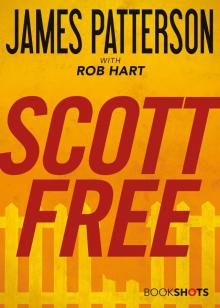 Scott Free
Scott Free The Summer House
The Summer House French Kiss
French Kiss Treasure Hunters
Treasure Hunters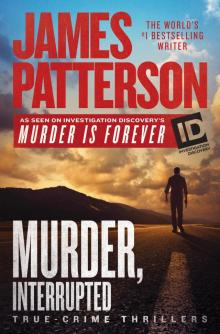 Murder Is Forever, Volume 1
Murder Is Forever, Volume 1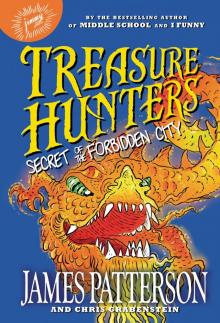 Secret of the Forbidden City
Secret of the Forbidden City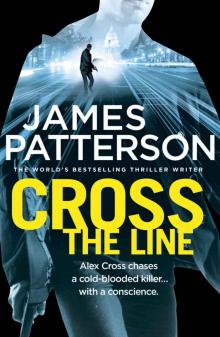 Cross the Line: (Alex Cross 24)
Cross the Line: (Alex Cross 24)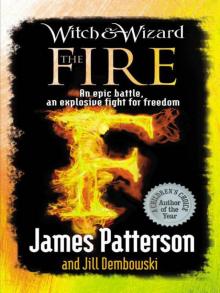 Witch & Wizard: The Fire
Witch & Wizard: The Fire![Women's Murder Club [06] The 6th Target Read online](http://i1.bookreadfree.com/i/03/24/womens_murder_club_06_the_6th_target_preview.jpg) Women's Murder Club [06] The 6th Target
Women's Murder Club [06] The 6th Target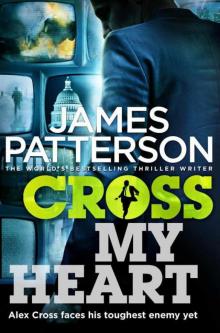 Cross My Heart ac-21
Cross My Heart ac-21 Alex Cross’s Trial ак-15
Alex Cross’s Trial ак-15 Alex Cross 03 - Jack & Jill
Alex Cross 03 - Jack & Jill Liar Liar: (Harriet Blue 3) (Detective Harriet Blue Series)
Liar Liar: (Harriet Blue 3) (Detective Harriet Blue Series) Cross Country ак-14
Cross Country ак-14 Honeymoon h-1
Honeymoon h-1 Maximum Ride: The Angel Experiment
Maximum Ride: The Angel Experiment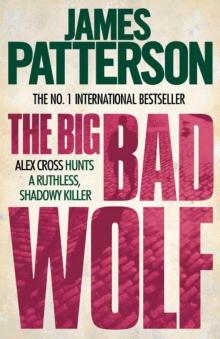 The Big Bad Wolf ак-9
The Big Bad Wolf ак-9 Dead Heat: BookShots (Book Shots)
Dead Heat: BookShots (Book Shots)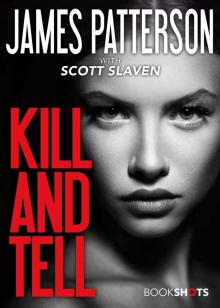 Kill and Tell
Kill and Tell Avalanche
Avalanche Robot Revolution
Robot Revolution Public School Superhero
Public School Superhero 12th of Never
12th of Never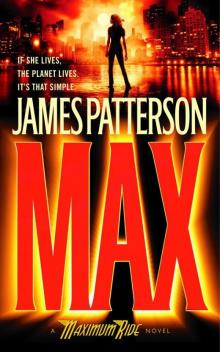 Max: A Maximum Ride Novel
Max: A Maximum Ride Novel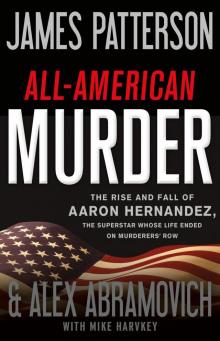 All-American Murder
All-American Murder Murder Games
Murder Games Robots Go Wild!
Robots Go Wild! My Life Is a Joke
My Life Is a Joke Private: Gold
Private: Gold Demons and Druids
Demons and Druids Jacky Ha-Ha
Jacky Ha-Ha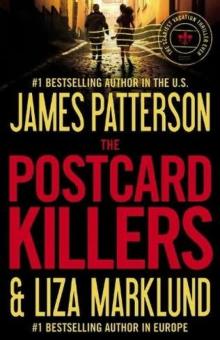 Postcard killers
Postcard killers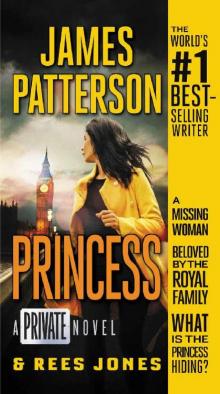 Princess: A Private Novel
Princess: A Private Novel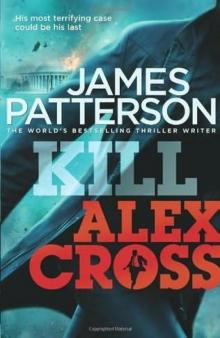 Kill Alex Cross ac-18
Kill Alex Cross ac-18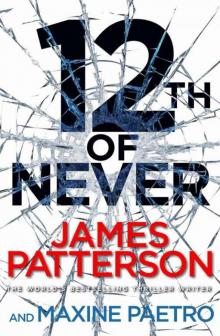 12th of Never wmc-12
12th of Never wmc-12 The Murder of King Tut
The Murder of King Tut I Totally Funniest
I Totally Funniest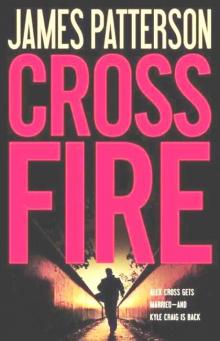 Cross Fire ак-17
Cross Fire ак-17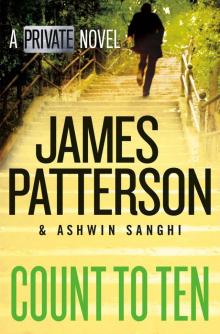 Count to Ten
Count to Ten![Women's Murder Club [10] 10th Anniversary Read online](http://i1.bookreadfree.com/i1/03/30/womens_murder_club_10_10th_anniversary_preview.jpg) Women's Murder Club [10] 10th Anniversary
Women's Murder Club [10] 10th Anniversary![Women's Murder Club [01] 1st to Die Read online](http://i1.bookreadfree.com/i1/03/31/womens_murder_club_01_1st_to_die_preview.jpg) Women's Murder Club [01] 1st to Die
Women's Murder Club [01] 1st to Die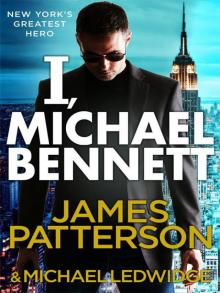 I, Michael Bennett mb-5
I, Michael Bennett mb-5 Nooners
Nooners![Women's Murder Club [08] The 8th Confession Read online](http://i1.bookreadfree.com/i1/04/03/womens_murder_club_08_the_8th_confession_preview.jpg) Women's Murder Club [08] The 8th Confession
Women's Murder Club [08] The 8th Confession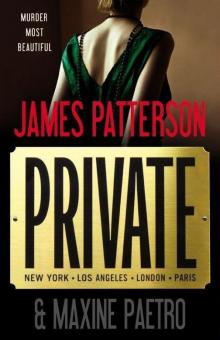 Private jm-1
Private jm-1 Treasure Hunters: Danger Down the Nile
Treasure Hunters: Danger Down the Nile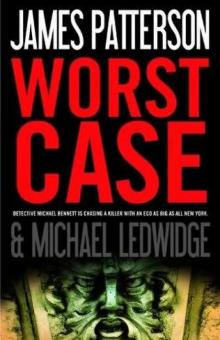 Worst Case mb-3
Worst Case mb-3 Don’t Blink
Don’t Blink The Games
The Games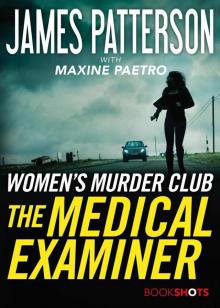 The Medical Examiner: A Women's Murder Club Story
The Medical Examiner: A Women's Murder Club Story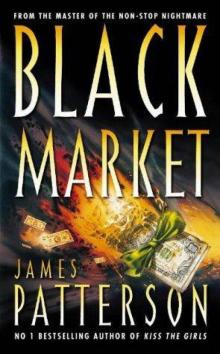 Black Market
Black Market Gone mb-6
Gone mb-6![Women's Murder Club [02] 2nd Chance Read online](http://i1.bookreadfree.com/i1/04/04/womens_murder_club_02_2nd_chance_preview.jpg) Women's Murder Club [02] 2nd Chance
Women's Murder Club [02] 2nd Chance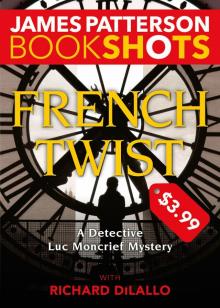 French Twist
French Twist Kenny Wright
Kenny Wright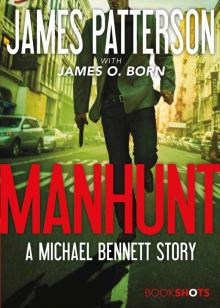 Manhunt: A Michael Bennett Story
Manhunt: A Michael Bennett Story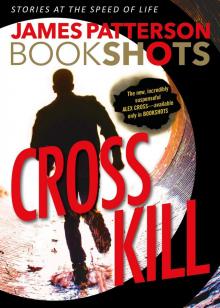 Cross Kill: An Alex Cross Story
Cross Kill: An Alex Cross Story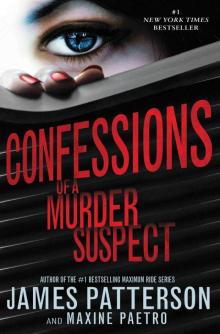 Confessions of a Murder Suspect td-1
Confessions of a Murder Suspect td-1 Second Honeymoon h-2
Second Honeymoon h-2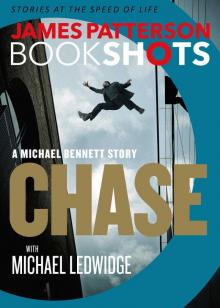 Chase_A BookShot_A Michael Bennett Story
Chase_A BookShot_A Michael Bennett Story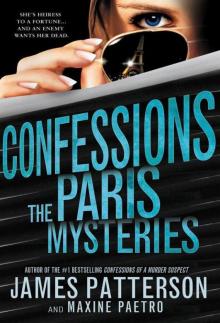 Confessions: The Paris Mysteries
Confessions: The Paris Mysteries![Women's Murder Club [09] The 9th Judgment Read online](http://i1.bookreadfree.com/i2/04/08/womens_murder_club_09_the_9th_judgment_preview.jpg) Women's Murder Club [09] The 9th Judgment
Women's Murder Club [09] The 9th Judgment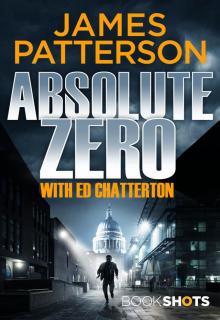 Absolute Zero
Absolute Zero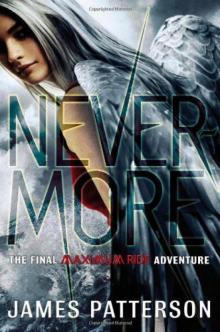 Nevermore: The Final Maximum Ride Adventure mr-8
Nevermore: The Final Maximum Ride Adventure mr-8 Angel: A Maximum Ride Novel mr-7
Angel: A Maximum Ride Novel mr-7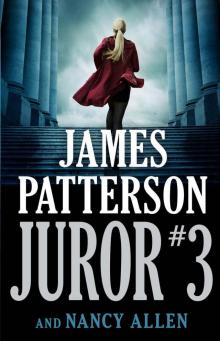 Juror #3
Juror #3 Million-Dollar Mess Down Under
Million-Dollar Mess Down Under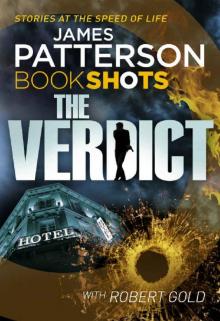 The Verdict: BookShots (A Jon Roscoe Thriller)
The Verdict: BookShots (A Jon Roscoe Thriller)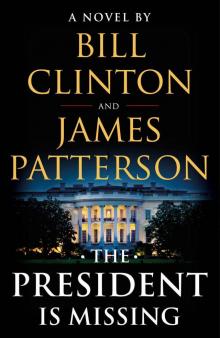 The President Is Missing: A Novel
The President Is Missing: A Novel![Women's Murder Club [04] 4th of July Read online](http://i1.bookreadfree.com/i2/04/06/womens_murder_club_04_4th_of_july_preview.jpg) Women's Murder Club [04] 4th of July
Women's Murder Club [04] 4th of July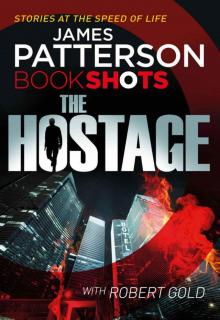 The Hostage: BookShots (Hotel Series)
The Hostage: BookShots (Hotel Series)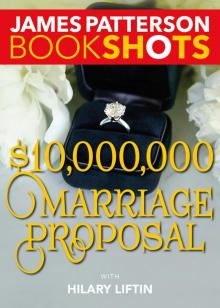 $10,000,000 Marriage Proposal
$10,000,000 Marriage Proposal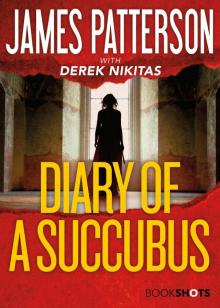 Diary of a Succubus
Diary of a Succubus Unbelievably Boring Bart
Unbelievably Boring Bart Angel: A Maximum Ride Novel
Angel: A Maximum Ride Novel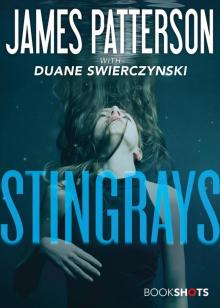 Stingrays
Stingrays Confessions: The Private School Murders
Confessions: The Private School Murders Stealing Gulfstreams
Stealing Gulfstreams![Women's Murder Club [05] The 5th Horseman Read online](http://i1.bookreadfree.com/i2/04/05/womens_murder_club_05_the_5th_horseman_preview.jpg) Women's Murder Club [05] The 5th Horseman
Women's Murder Club [05] The 5th Horseman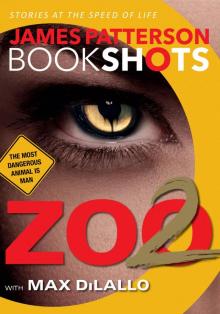 Zoo 2
Zoo 2 Jack Morgan 02 - Private London
Jack Morgan 02 - Private London Treasure Hunters--Quest for the City of Gold
Treasure Hunters--Quest for the City of Gold The Christmas Mystery
The Christmas Mystery Murder in Paradise
Murder in Paradise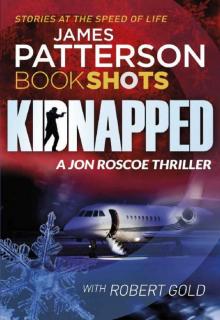 Kidnapped: BookShots (A Jon Roscoe Thriller)
Kidnapped: BookShots (A Jon Roscoe Thriller) Triple Homicide_Thrillers
Triple Homicide_Thrillers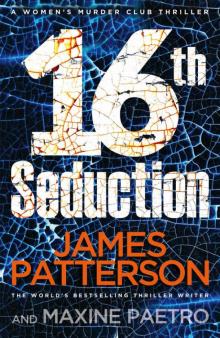 16th Seduction: (Women’s Murder Club 16) (Women's Murder Club)
16th Seduction: (Women’s Murder Club 16) (Women's Murder Club)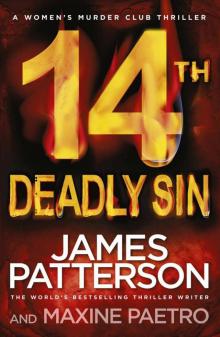 14th Deadly Sin: (Women’s Murder Club 14)
14th Deadly Sin: (Women’s Murder Club 14)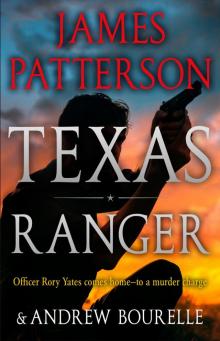 Texas Ranger
Texas Ranger Witch & Wizard 04 - The Kiss
Witch & Wizard 04 - The Kiss![Women's Murder Club [03] 3rd Degree Read online](http://i1.bookreadfree.com/i2/04/12/womens_murder_club_03_3rd_degree_preview.jpg) Women's Murder Club [03] 3rd Degree
Women's Murder Club [03] 3rd Degree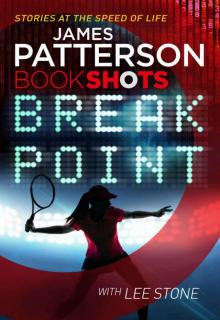 Break Point: BookShots
Break Point: BookShots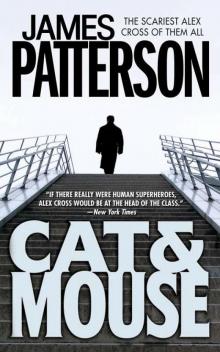 Alex Cross 04 - Cat & Mouse
Alex Cross 04 - Cat & Mouse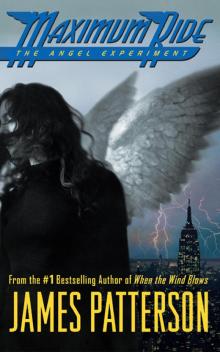 Maximum Ride
Maximum Ride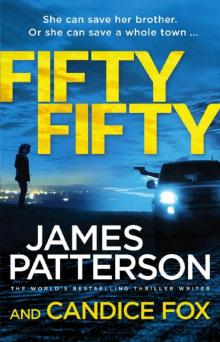 Fifty Fifty: (Harriet Blue 2) (Detective Harriet Blue Series)
Fifty Fifty: (Harriet Blue 2) (Detective Harriet Blue Series) Alex Cross 02 - Kiss the Girls
Alex Cross 02 - Kiss the Girls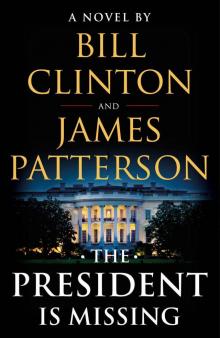 The President Is Missing
The President Is Missing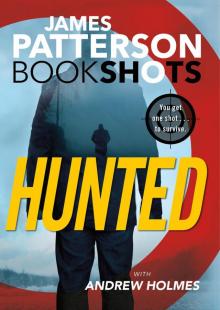 Hunted
Hunted House of Robots
House of Robots Dangerous Days of Daniel X
Dangerous Days of Daniel X Tick Tock mb-4
Tick Tock mb-4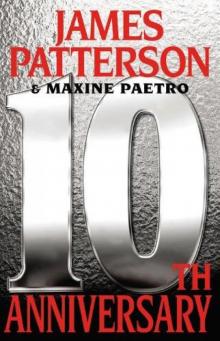 10th Anniversary wmc-10
10th Anniversary wmc-10 The Exile
The Exile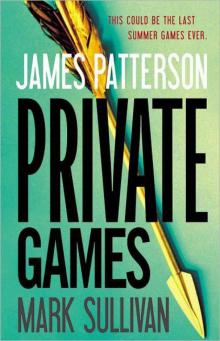 Private Games-Jack Morgan 4 jm-4
Private Games-Jack Morgan 4 jm-4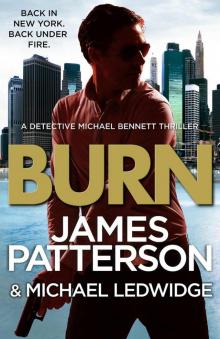 Burn: (Michael Bennett 7)
Burn: (Michael Bennett 7) Laugh Out Loud
Laugh Out Loud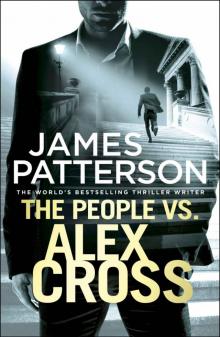 The People vs. Alex Cross: (Alex Cross 25)
The People vs. Alex Cross: (Alex Cross 25) Peril at the Top of the World
Peril at the Top of the World I Funny TV
I Funny TV Merry Christmas, Alex Cross ac-19
Merry Christmas, Alex Cross ac-19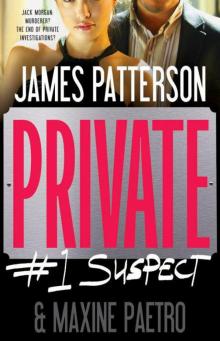 #1 Suspect jm-3
#1 Suspect jm-3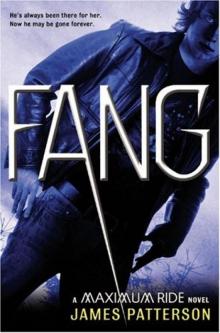 Fang: A Maximum Ride Novel
Fang: A Maximum Ride Novel![Women's Murder Club [07] 7th Heaven Read online](http://i1.bookreadfree.com/i2/04/13/womens_murder_club_07_7th_heaven_preview.jpg) Women's Murder Club [07] 7th Heaven
Women's Murder Club [07] 7th Heaven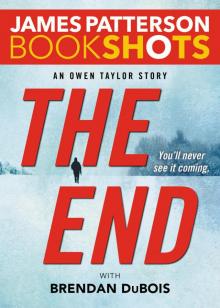 The End
The End